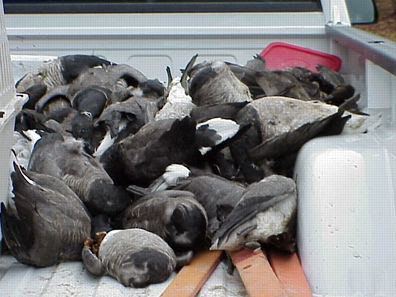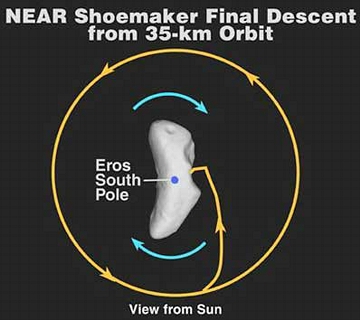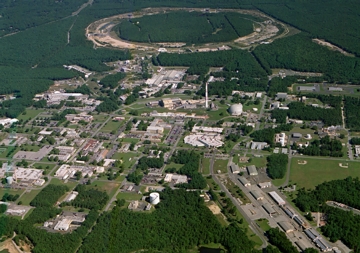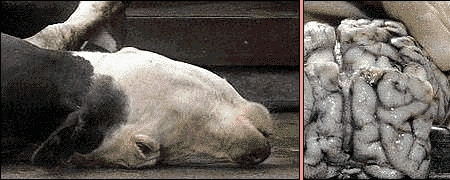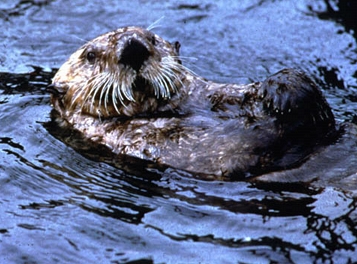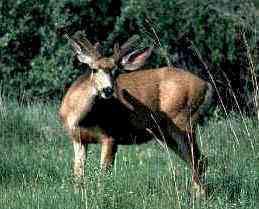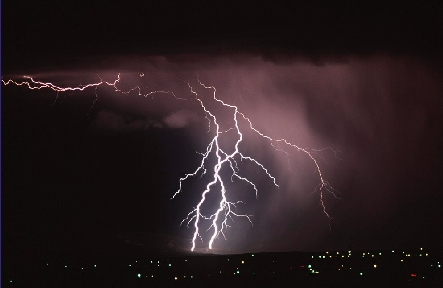"It's puzzling. I looked at a few pictures around (area) and couldn't find anything to explain it. Very puzzling! These are huge boulders. There are no indications of any outcrops that could shed such boulders."
- Michael Carr, U. S. Geological Survey -
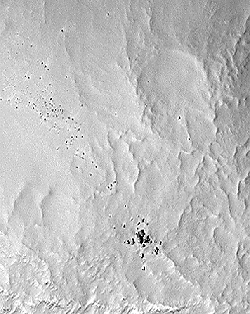
February 25, 2001 Carlsbad, California - On February 14 while NASA's Near spacecraft was making its historic landing on the Eros asteroid between Mars and Jupiter, a camera on the Mars Global Surveyor orbiting the red planet was under the guidance of an international group of four girls and five boys aged 10 to 15 known as the Red Rover Goes to Mars team.
Click here to subscribe and get instant access to read this report.
Click here to check your existing subscription status.
Existing members, login below:



